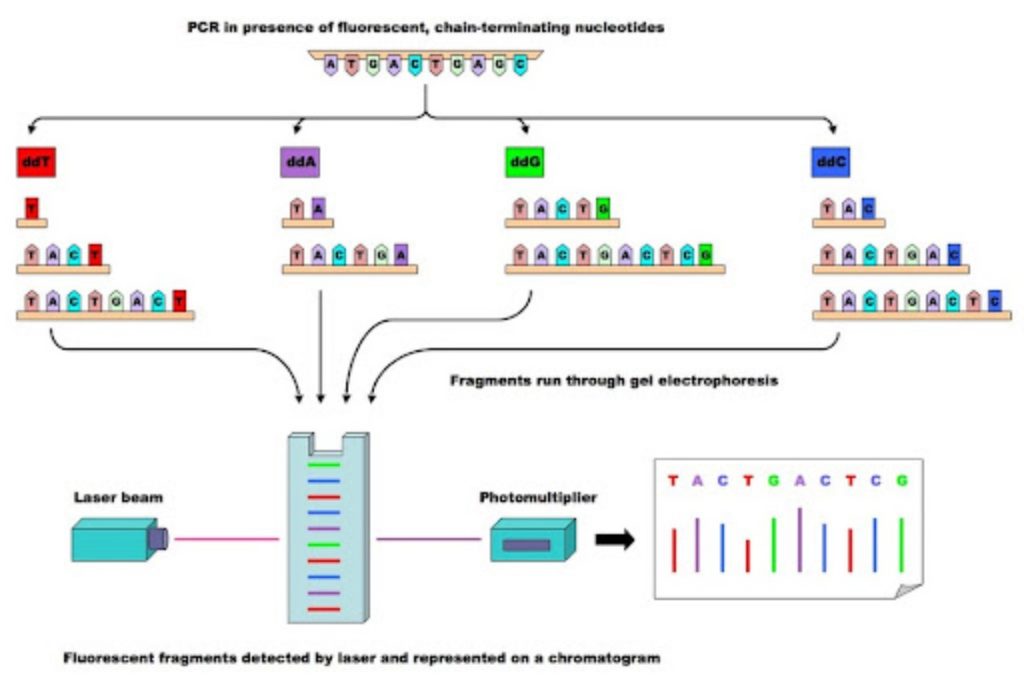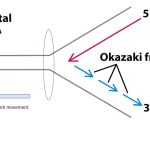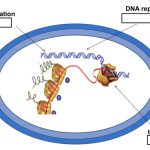DNA sequencing refers to the process by which the base order of a nucleotide sequence is elucidated
§ The most widely used method for DNA sequencing involves the use of chain-terminating dideoxynucleotides
Dideoxynucleotides
§ Dideoxynucleotides (ddNTPs) lack the 3’-hydroxyl group necessary for forming a phosphodiester bond
§ Consequently, ddNTPs prevent further elongation of a nucleotide chain and effectively terminate replication
§ The resulting length of a DNA sequence will reflect the specific nucleotide position at which the ddNTP was incorporated
§ For example, if a ddGTP terminates a sequence after 8 nucleotides, then the 8th nucleotide in the sequence is a cytosine
Determining Nucleotide Positions Using Dideoxynucleotides

Sequencing
Dideoxynucleotides can be used to determine DNA sequence using the Sanger method
§ Four PCR mixes are set up, each containing stocks of normal nucleotides plus one dideoxynucleotide (ddA, ddT, ddC or ddG)
§ As a typical PCR will generate over 1 billion DNA molecules, each PCR mix should generate all the possible terminating fragments for that particular base
§ When the fragments are separated using gel electrophoresis, the base sequence can be determined by ordering fragments according to length
§ If a distinct radioactive or fluorescently labelled primer is included in each mix, the fragments can be detected by automated sequencing machines
§ If the Sanger method is conducted on the coding strand (non-template strand), the resulting sequence elucidated will be identical to the template strand
DNA Sequencing via the Sanger Method



